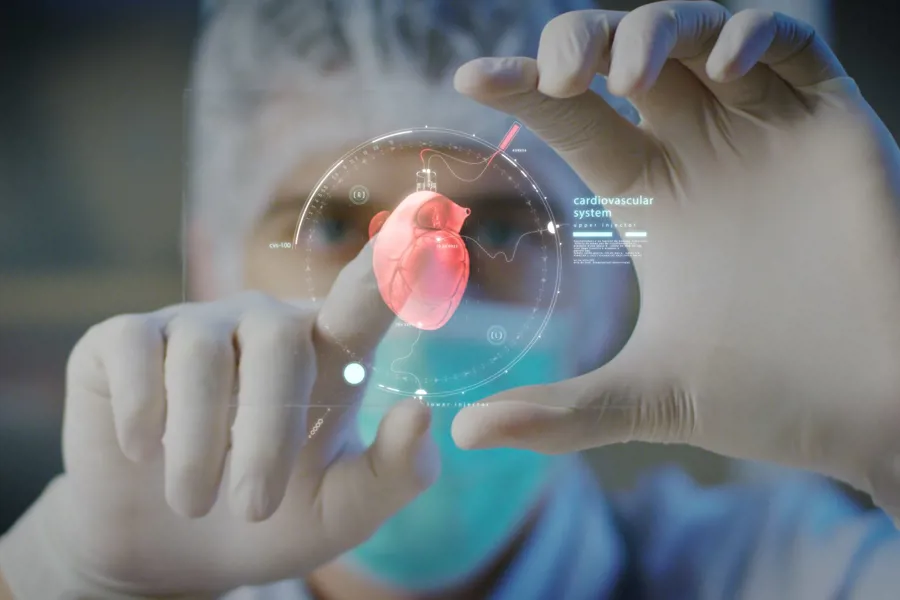Myocardial electrophysiological and mechanical changes caused by moderate hypothermia-A clinical study
Moderate hypothermia has been used to improve outcomes in comatose out-of-hospital cardiac arrest survivors during the past two decades, although the effects remain controversial. We have recently shown in an experimental study that myocardial electrophysiological and mechanical relationships were altered during moderate hypothermia.

Electromechanical window positivity increased, and electrical dispersion of repolarization decreased, both of which are changes associated with decreased arrhythmogenicity in clinical conditions.
Mechanical dispersion, a parameter also linked to arrhythmic risk, remained unaltered.
Whether corresponding electrophysiological and mechanical changes occur in humans during moderate hypothermia, has not been previously explored. Twenty patients with normal left ventricular function were included. Measurements were obtained at 36 and 32°C prior to ascending aortic repair while on partial cardiopulmonary bypass and at 36°C after repair. Registrations were performed in the presence of both spontaneous and comparable paced heart rate during standardized loading conditions.
The following electrical and mechanical parameters were explored:
(1) Electromechanical window, measured as time difference between mechanical and electrical systole
(2) dispersion of repolarization from ECG T-wave
(3) mechanical dispersion, measured as segmental variation in time to peak echocardiographic strain.
At moderate hypothermia, mechanical systolic prolongation (425 ± 43-588 ± 67 ms, p < 0.001) exceeded electrical systolic prolongation (397 ± 49-497 ± 79 ms, p < 0.001), whereby, electromechanical window positivity increased (29 ± 30-86 ± 50 ms, p < 0.001). Dispersion of repolarization and mechanical dispersion remained unchanged.
Corresponding electrophysiological and mechanical relationships were present at comparable paced heart rates. After rewarming, the increased electromechanical window was reversed in the presence of both spontaneous and paced heart rates.
Moderate hypothermia increased electromechanical window positivity, while dispersion of repolarization and mechanical dispersion remained unchanged. This impact of hypothermia may be clinically relevant for selected groups of patients after cardiac arrest.
Myocardial electrophysiological and mechanical changes caused by moderate hypothermia—A clinical study - Wisløff‐Aase - 2022 - Physiological Reports - Wiley Online Library
Physiol Rep. 2022 Apr;10(8):e15259.
Kristin Wisløff-Aase, Helge Skulstad, Kristina Haugaa, Per Snorre Lingaas, Jan Otto Beitnes, Per Steinar Halvorsen, Andreas Espinoza
PMID: 35439365
PMCID: PMC9017970
DOI: 10.14814/phy2.15259
Shared under Creative Commons (CC BY 4.0) license.